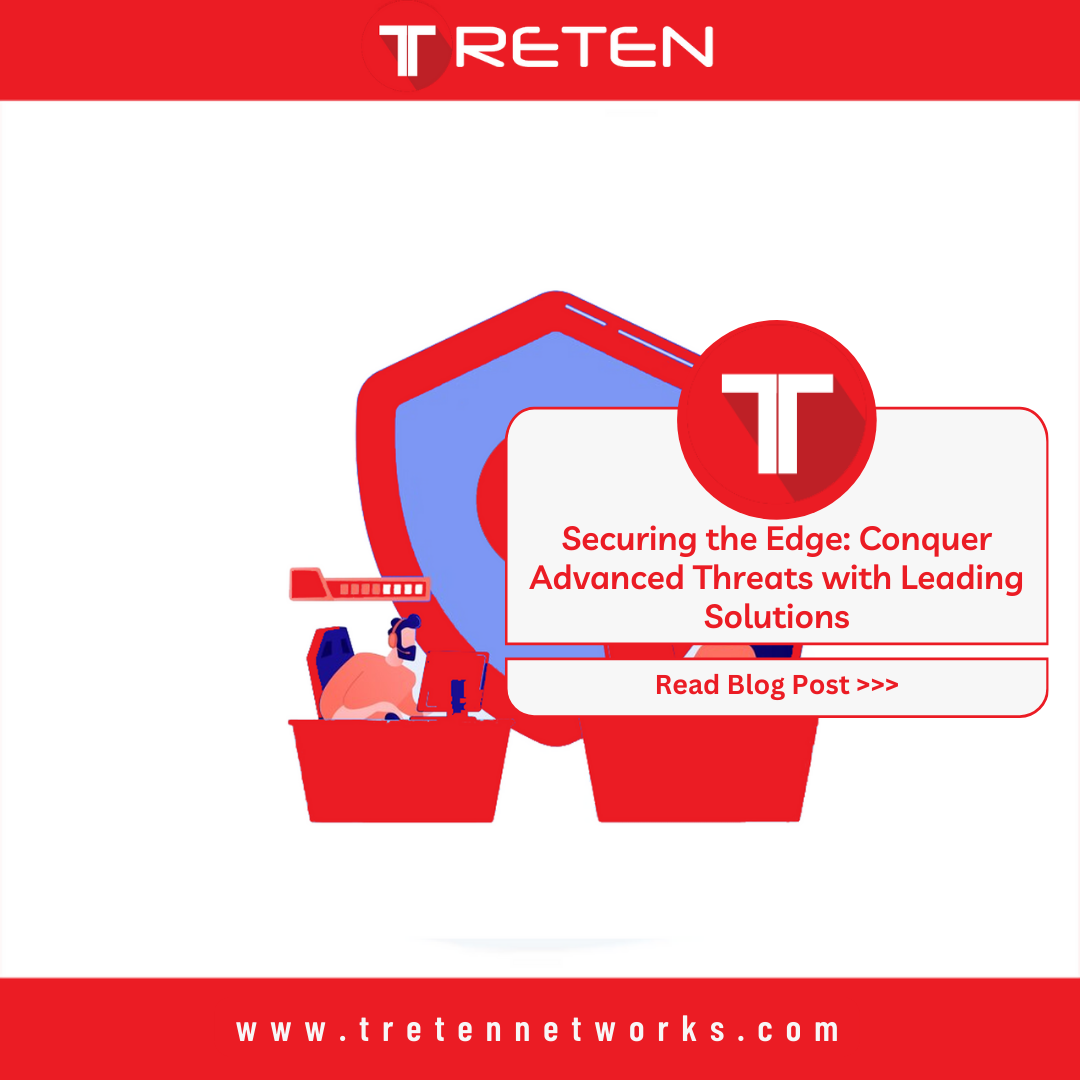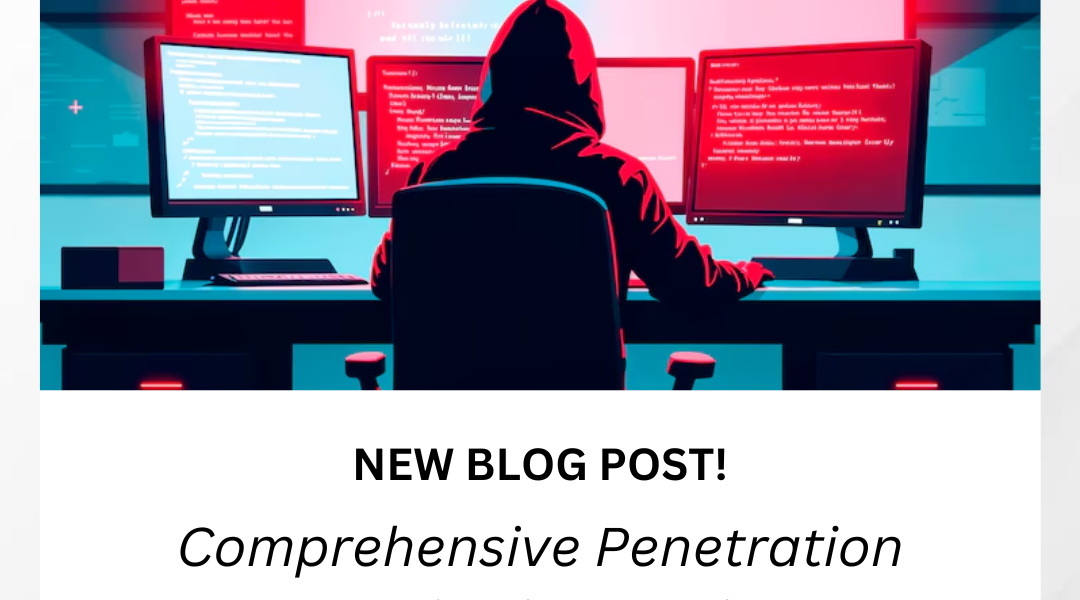Securing the Edge: Conquer Advanced Threats
The risks aimed at the edge of your company are changing quickly along with the digital landscape. The attack surface has never been larger, thanks to factors like distributed networks, cloud adoption, and remote workforces and IoT devices. Thankfully, you’re not fighting this battle alone. Prominent cybersecurity providers such as Palo Alto Networks, Skybox, and Fortinet provide strong solutions to reinforce your perimeter defense and defeat even the most advanced attacks.
We’ll examine the findings from three important sources in this blog:
- Fortinet’s blog on securing your environments on the edge
- Skybox’s guide to improving your cybersecurity programs
- Palo Alto Networks’ documentation on advanced threat prevention
Understanding the Edge Security Challenge:
Before we get started on solutions, let’s first accept the complexity of edge security. Here are some important points to remember:
- Distributed attack surface: The boundary has disappeared, to be replaced by a multitude of gadgets, apps, and endpoints dispersed throughout different areas.
- Evolving threats: Attackers use cutting-edge strategies like ransomware, zero-day exploits, and social engineering, and they are always coming up with new ones.
- Visibility and control challenges: This diversified landscape can be difficult to manage and secure, which can leave gaps and risks.
Fortinet’s Secure Fabric:
Fortinet champions a “Secure Fabric” approach, offering a unified cybersecurity platform that integrates network security, endpoint security, and advanced threat protection across the entire attack surface. Some key features include:
- FortiGate firewalls: Delivering next-generation firewall (NGFW) capabilities with deep application inspection and threat intelligence.
- FortiEDR: Providing endpoint detection and response (EDR) to identify and neutralize threats within your network.
- FortiSandbox: Detecting zero-day threats and malware through advanced sandboxing techniques.
Skybox’s Security Posture Management:
Skybox focuses on helping you understand and manage your security posture effectively. Their Security Posture Management (SPM) platform offers:
- Attack path analysis: Identifying potential attack paths and prioritizing vulnerabilities based on real-world exploits.
- Compliance management: Meeting regulatory compliance requirements with automated reporting and risk assessments.
- Continuous improvement: Providing actionable insights to constantly improve your security posture.
Palo Alto Networks’ Next-Generation Security Platform:
Palo Alto Networks takes a holistic approach with their Next-Generation Security Platform (NGSP), offering:
- Prisma Cloud: Protecting cloud-native applications and workloads with advanced security controls.
- Prisma SASE: Delivering secure access service edge (SASE) functionalities for secure connectivity and cloud access.
- WildFire cloud sandboxing: Analyzing unknown files and URLs for malware detection and prevention.
Tailoring Your Edge Security Strategy:
The optimal solution depends on your specific needs and environment. Consider factors like budget, existing infrastructure, and threat landscape. Analyzing the insights from these resources can help you:
- Evaluate your current vulnerabilities and risk profile.
- Identify the security gaps you need to address.
- Compare and contrast the different vendor solutions.
- Develop a comprehensive edge security strategy tailored to your environment.
Securing the Edge: Conquer Advanced Threats
Conclusion:
Securing the edge requires a proactive and multi-layered approach. By understanding the challenges, evaluating leading solutions, and tailoring your strategy, you can build a robust defense against advanced threats and safeguard your organization’s valuable assets. Remember, staying informed and taking action are crucial steps in this ongoing battle.


